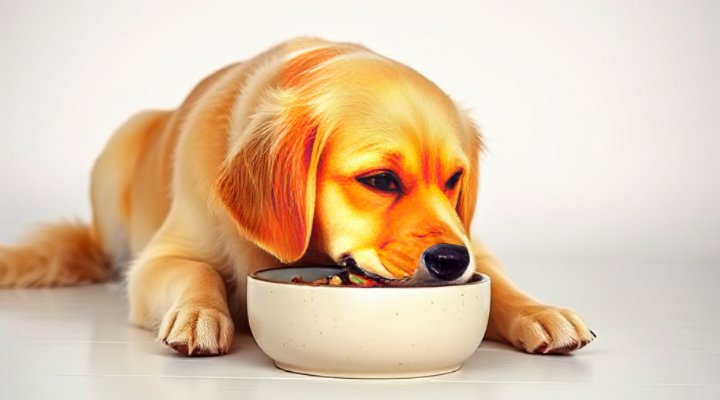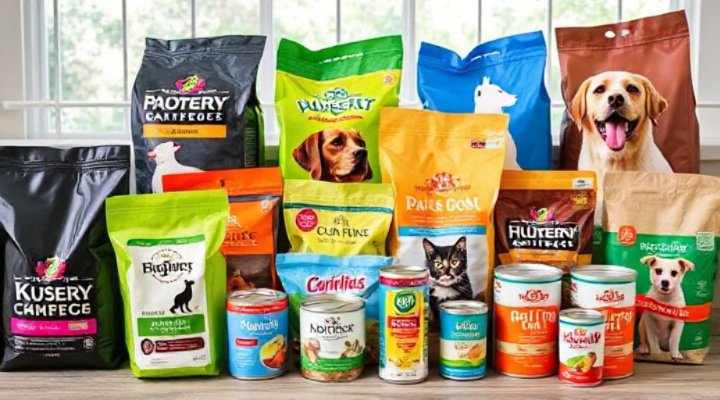Transitioning your pet to a new food brand requires patience and careful planning. Above all, the process should be gradual to avoid digestive upset. For instance, a sudden change can lead to stomach issues, decreased appetite, or even food aversion. Therefore, it’s crucial to follow a systematic approach.

Why Transitioning Pet Food Gradually Matters
Your pet’s digestive system is sensitive to sudden changes. In other words, their gut microbiome needs time to adjust to new ingredients. Meanwhile, abrupt switches can cause diarrhea, vomiting, or constipation. That’s why most veterinarians recommend a transition period of 7-10 days.
If you’re considering a hypoallergenic diet or human-grade food, the transition becomes even more important. These specialized diets often have different protein sources that require adaptation.

Step-by-Step Guide to Transitioning Pet Food
Days 1-2: 25% New Food
Start by mixing 25% of the new food with 75% of the current food. During this phase, monitor your pet closely for any signs of digestive discomfort. The American Veterinary Medical Association suggests keeping a feeding journal to track reactions.
Days 3-4: 50% New Food
If your pet tolerates the initial mix well, increase to equal parts old and new food. Subsequently, observe their energy levels and stool consistency. Some pets might need more time at this stage.

Days 5-7: 75% New Food
Now the majority of the meal should be the new food. Meanwhile, continue monitoring your pet’s reaction. For pets with sensitive stomachs, you might want to extend this phase.
Day 8+: 100% New Food
Once your pet is comfortably eating the 75% mixture, you can completely switch to the new food. However, keep an eye out for any delayed reactions during the first few weeks.

Special Considerations for Different Pets
Cats can be particularly finicky about food changes. Unlike dogs, they might refuse to eat if the transition is too abrupt. Similarly, small breed dogs often need slower transitions than larger breeds.
For pets with health conditions, consult your veterinarian before making any changes. The Tufts University Veterinary School provides excellent resources on therapeutic diets.

Troubleshooting Common Transition Issues
If your pet refuses the new food, try mixing in a small amount of warm water or low-sodium broth. Alternatively, you might need to try a different flavor or texture. Some pets prefer wet food during transitions.
Digestive upset usually resolves within a few days. But if symptoms persist beyond 48 hours, contact your veterinarian. Remember, every pet is unique – what works for one might not work for another.
Final Thoughts
Transitioning your pet to a new food brand doesn’t have to be stressful. By following these steps and being patient, you can ensure a smooth changeover. Most importantly, always prioritize your pet’s health and comfort throughout the process.
Related Keywords: pet food transition tips, switching dog food brands, cat food change guide, gradual pet diet change, digestive health for pets

